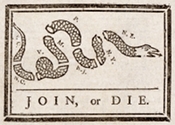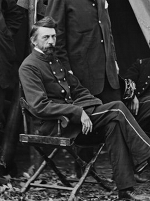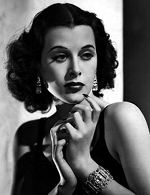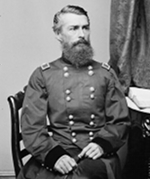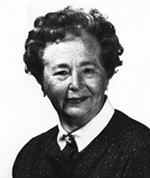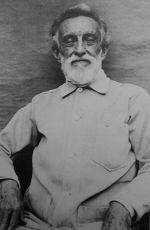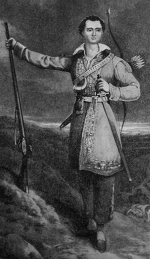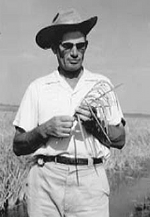
Madam C.J. Walker
Dispenser of Beauty and Truth
At the start of the twentieth century, former laundress Madam C.J. Walker became one of the country’s richest self-made female entrepreneurs by creating hair care products for black women. The daughter of sharecroppers, she used her wealth to support schools, civil rights activities, and artists who gained fame during the Harlem Renaissance. Her success inspired pride and self-esteem in African Americans, especially among women. (Photo: Addison Scurlock)








